Meet One of the Few Female Safari Guides in Kenya
Though outnumbered by their male counterparts in the field, women have begun to take the reins in ecotourism
In Kenya, aspiring safari guides are taught that the ideal guide should possess boundless knowledge of the local flora and fauna, rock-solid survival skills, mastery of the communication arts, and an unflagging sense of humor. And until recently, these guidelines also included an unspoken rule—that guides should be male.
Twenty-eight-year-old Lorna Seela Nabaala is among a small but growing handful of women trying to change that perception. She estimates that she’s one of only 10 women out of about 400 safari guides working today in the Maasai Mara, a wildlife reserve in southwestern Kenya and one of the country’s most popular tourist destinations. She says that many times, when she picks up a group of unsuspecting safari-goers at the airstrip, they are initially startled, asking, “Wait, are you the guide?”
Most who visit the Maasai Mara board a tiny plane in crowded Nairobi and touch down 45 minutes later on a tarmac in the middle of the remote savanna. It's while in the air that they first realize why Mara, meaning “spotted” in Nabaala’s native Maa language, is such a fitting name for this reserve: herds of zebra, Thomson’s gazelles and the occasional giraffe can be seen grazing among the circles of trees, brush and dark shadows that span the 583 square miles of open grassland.
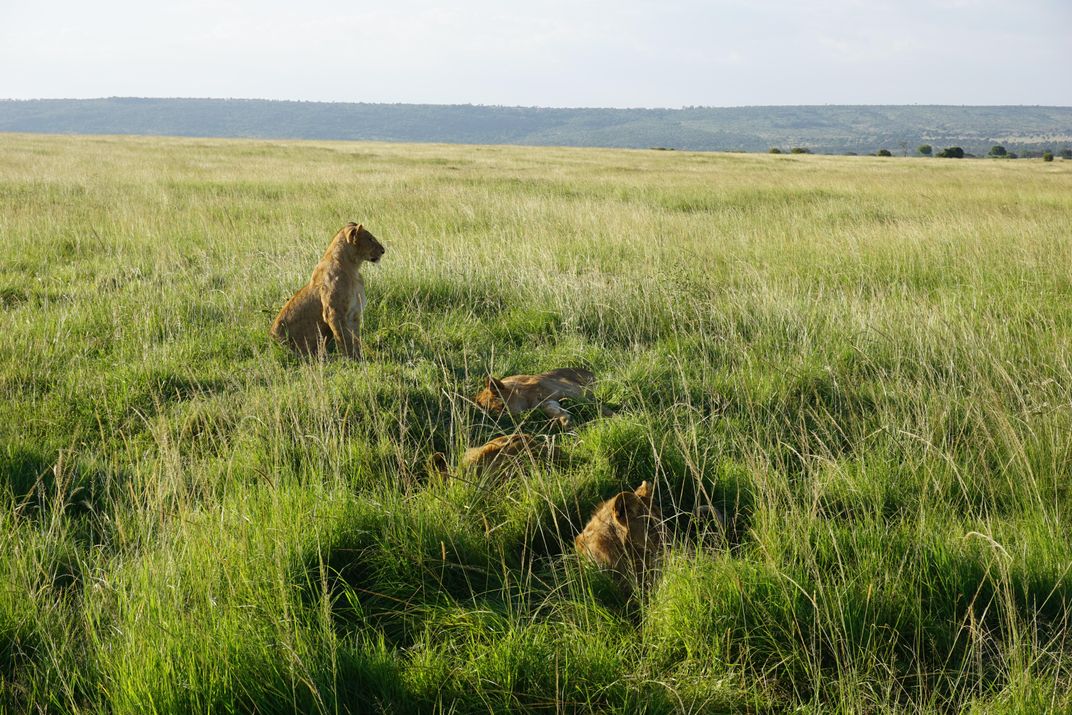
The Maasai Mara is home to 400 bird species and 95 mammal, amphibian and reptile species—and that doesn’t begin to account for the abundant plant life. This land is also the traditional home of the Maasai, the ethnic group to which Nabaala—like many guides—belongs, and for which the other half of the wildlife reserve is named. Easily recognizable with their scarlet red cloaks and intricate beaded jewelry, the Maasai people are renowned as legendary warriors throughout Africa and around the world.
A semi-nomadic people, the Maasai have traditionally relied upon herding cattle for their food. But over the course of the 20th century—through British control followed by Kenya's independence in 1963—their territory has been reduced, ultimately shrinking their grazing lands. As a result, with dwindling cattle herds, some Maasai have moved into the cities for work; others, like Nabaala, have sought employment closer to home within the tourism sector.
Yet even as traditions have evolved, it's still the norm within this region to observe clearly defined gender roles. In village culture, it is typically the men who are expected to herd cattle, and as Nabaala explains, a man who does not marry may be considered by many to be homeless or in some way incomplete. “Women play a very important role in all the villages,” she says, adding that women traditionally fulfill domestic duties, including fetching water from the river, collecting firewood for cooking, milking the cows every morning and evening, and tending to the sick among the herd. Customarily, the women even build houses for their families.
Nabaala grew up about an hour away from the Mara in the tiny village of Oloirien, named for the African Olive tree. Living within close proximity to the reserve meant that safari guides were a fixture in daily life, regularly driving back and forth in their impressive vehicles. Encountering them so frequently, Nabaala had wanted to be a guide for as long as she can remember. Yet she knew it would not be an easy road. Raised in a traditionally large Maasai family, Nabaala was one of 10 children, and as she explains, this can make it difficult for parents to find the resources needed to educate all children equally. In many cases, young boys have taken priority within the family since, according to custom, Maasai men are the ones to eventually care for their elderly parents. The promise of a marriage dowry for the girls may also be an incentive to avoid schooling young girls. Both of these factors contribute to low school enrollment numbers for girls in this region. According to the Maasai Girls Education Fund, just 48 percent of Maasai girls enroll in school, and only 10 percent advance to secondary school. “It was not easy for my dad to educate us all,” Nabaala recalls. “He struggled ... including selling almost all his cows to see us through.”
Determined, Nabaala began pursuing her dream more aggressively in secondary school, poring over books on the native wildlife to supplement her firsthand knowledge of the many animals she had grown up alongside. Although her parents were supportive of her education, they weren't initially receptive to the idea of their daughter becoming a guide—long considered to be a male profession. “It was really hard, especially for my mother,” Nabaala recalls. “She [first encouraged] me to work in the hotel industry as a receptionist, waitress, room attendant—but not as a guide.” In the end, though, an elder brother stood up for Nabaala and supported her decision, convincing her parents to come around to the idea, as well. And ultimately, Nabaala was accepted into the prestigious Koiyaki Guiding School, one of the first institutions of its kind to accept female students.
Of course, for many women in Kenya, the challenges don’t end with enrollment in a guiding school; ten to 15 percent of them have ended up leaving for reasons that are likely familiar to women around the world, from the inequities of working in a male-dominated field, to simply needing more time to care for small children at home. Other challenges are uniquely cultural, though, as most Maasai women do not drive. “It’s very rare," explains Debby Rooney, who has worked in Maasai communities for years as co-founder of BEADS for Education. "For a woman to drive, they think it’s shocking.” That makes learning to steer a manual safari vehicle through the treacherous dirt roads of the Mara reserve all the more intimidating for many Maasai women.
For eight years following her studies, Nabaala worked as a guide at the luxury Karen Blixen Camp, where she has escorted guests to see an incredible variety of rare animals, from lion cubs to endangered rhinos. Securing a job like that one can be quite competitive, but once there, Nabaala proved her merit—and her services grew to such high demand that, thanks to glowing referrals based on her reputation, she now works as a self-employed freelance guide. Nabaala now owns her own Toyota Land Cruiser and gives special tours, in addition to hiring out the vehicle to other local camps who know to contact her when their own transportation is insufficient for visitor demand. Today, she’s preparing to launch her own company, Mara Natives Safaris—and she has even greater plans for the future, including building her own safari camp in the Maasai Mara.
Through it all, Nabaala continues to mentor other women at guiding school, reminding them that anything is possible and asking them simply, “If I’m doing it, then why not you?” As she explains, “When I began, most of [my male peers] said it will never be possible for ladies to do this. I proved them wrong, and I’m sure in the coming years there will be [even more] ladies doing this.”
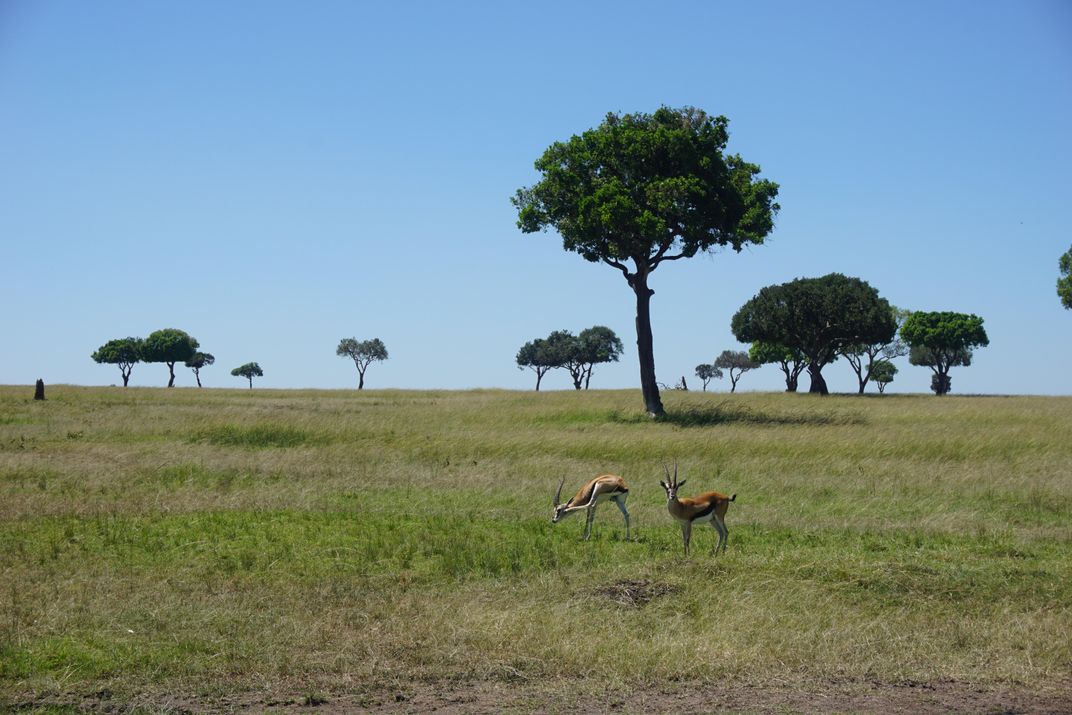
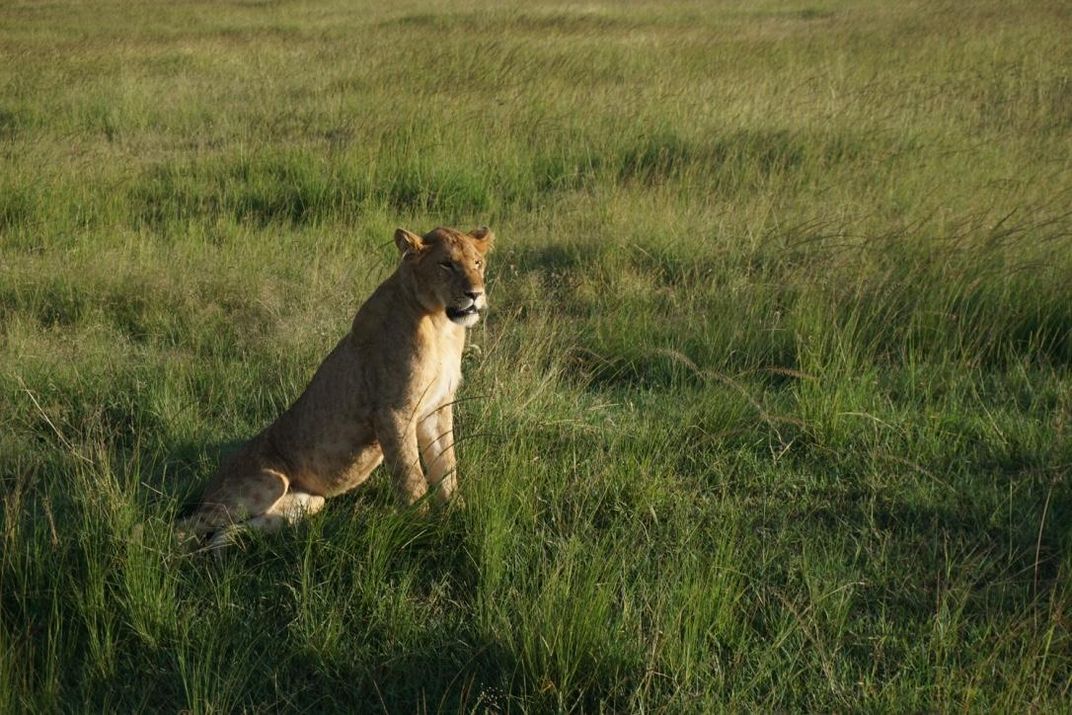
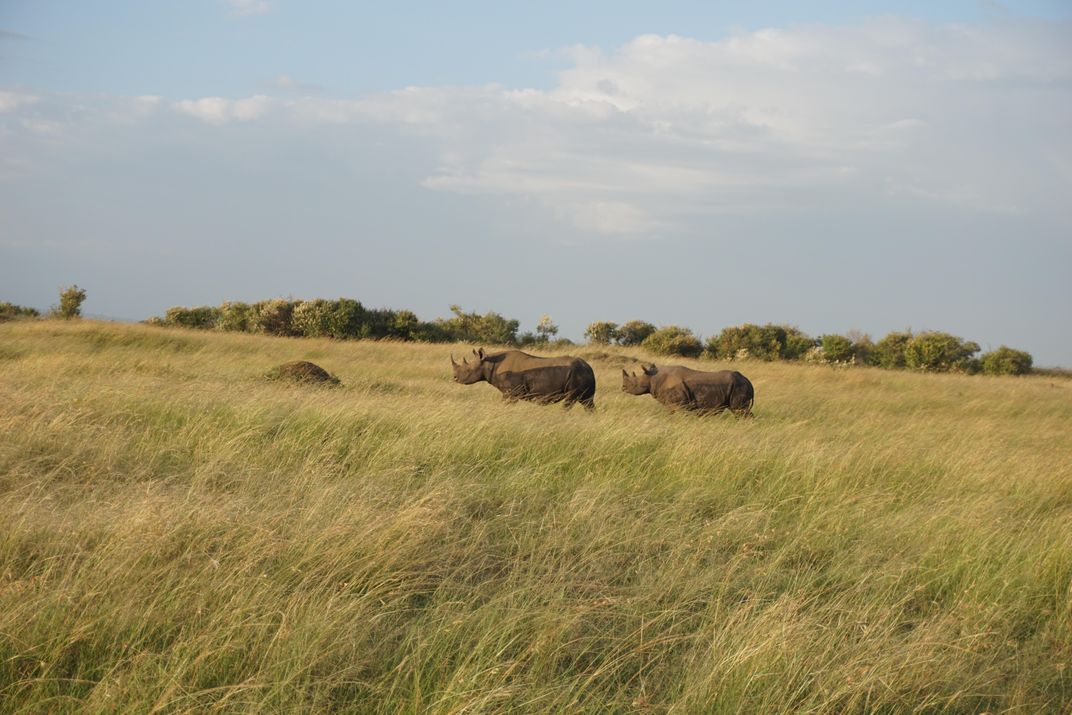

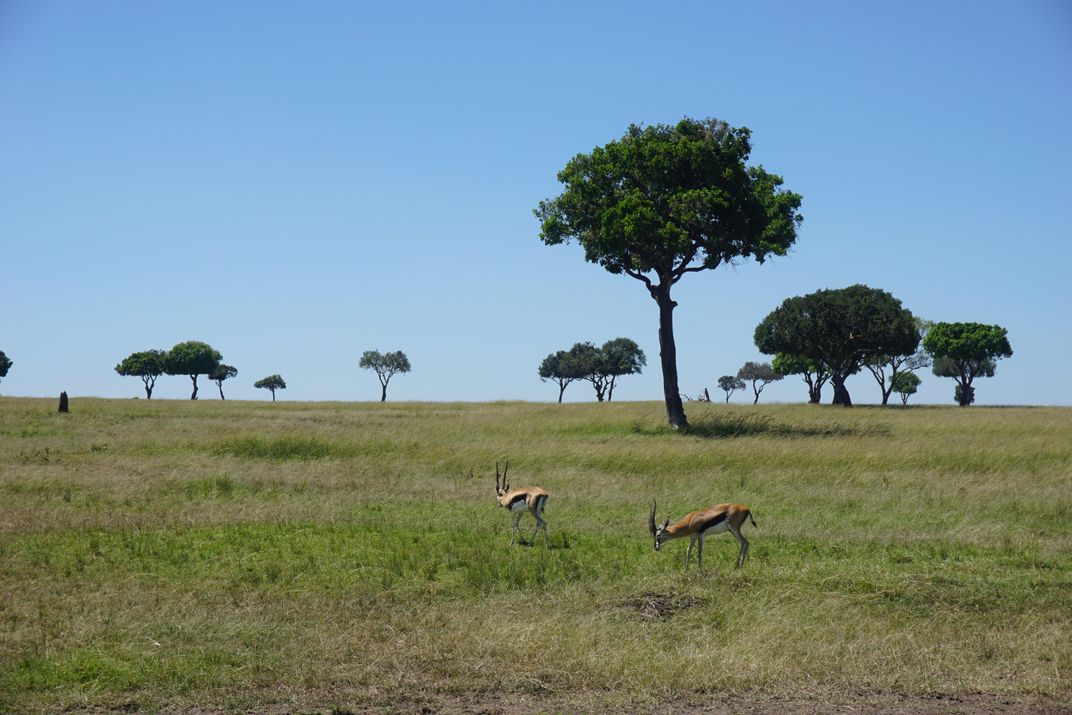
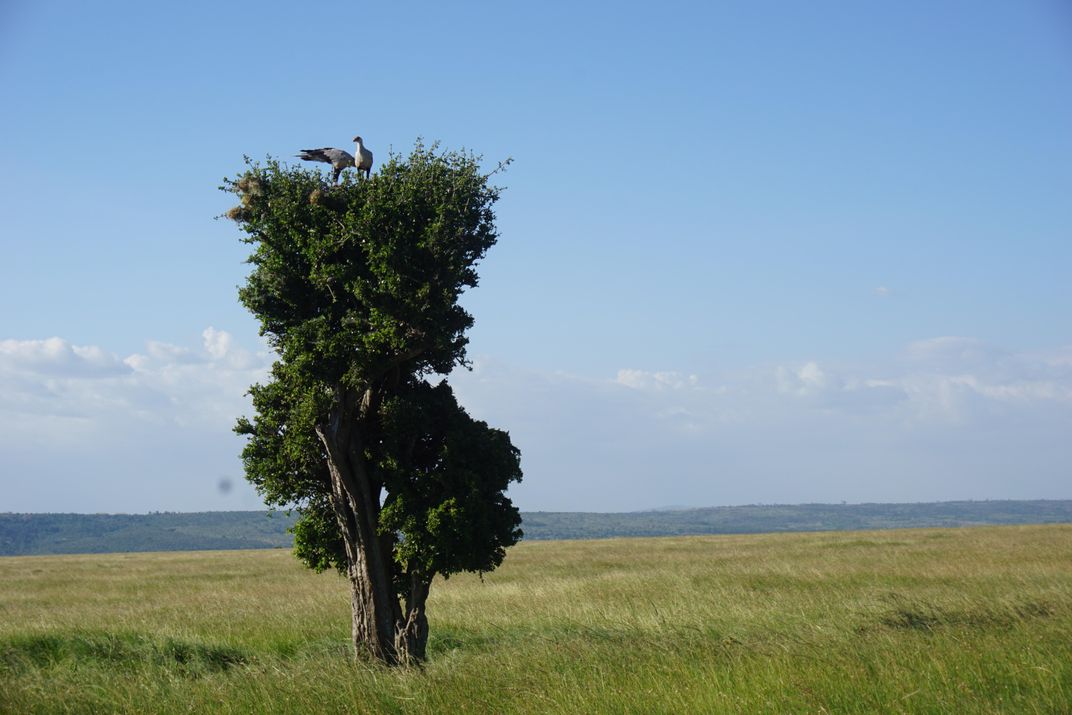

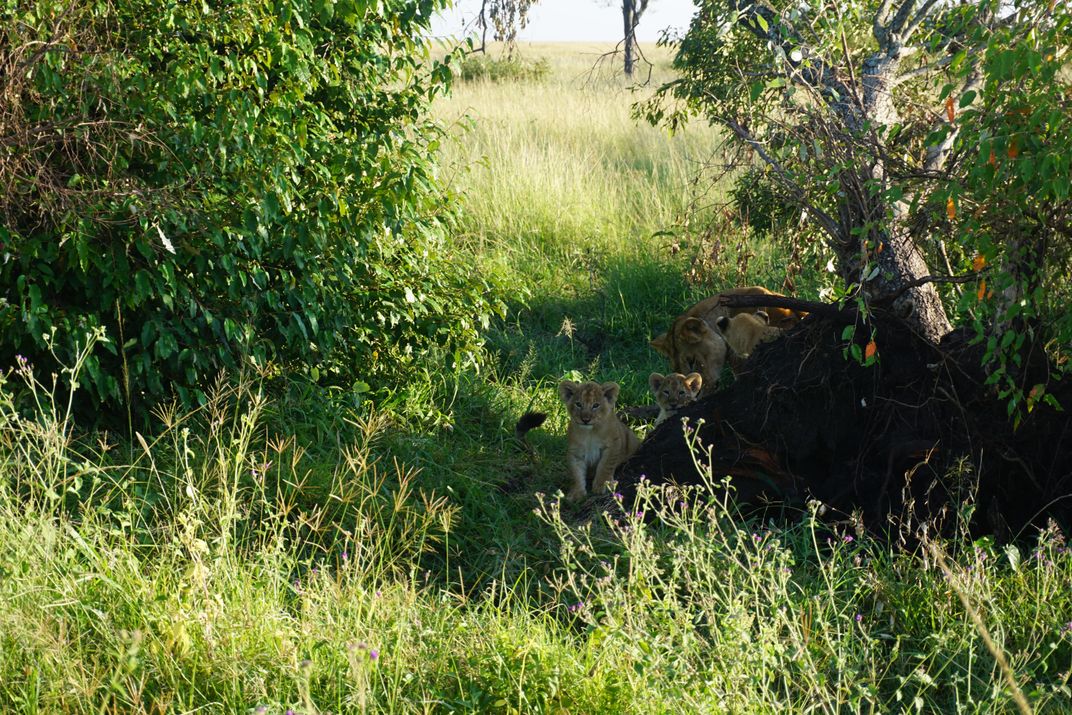
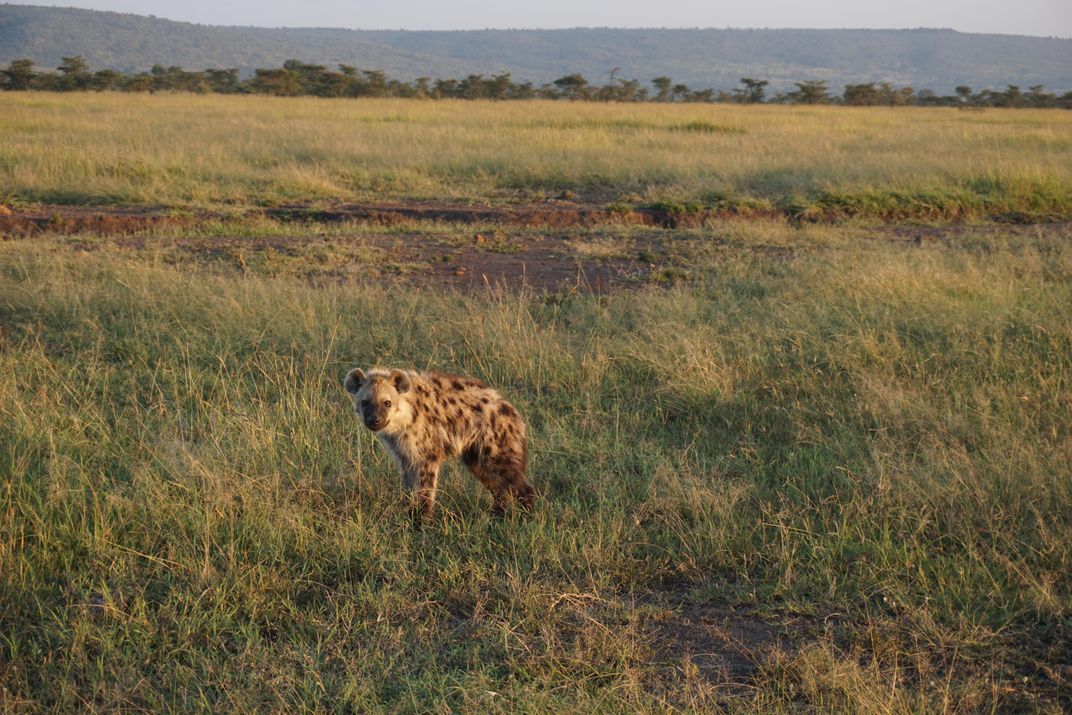

/https://tf-cmsv2-smithsonianmag-media.s3.amazonaws.com/filer/2a/bf/2abf6703-5d34-496f-b3ff-94d6bcd33d89/dsc00661.jpg)